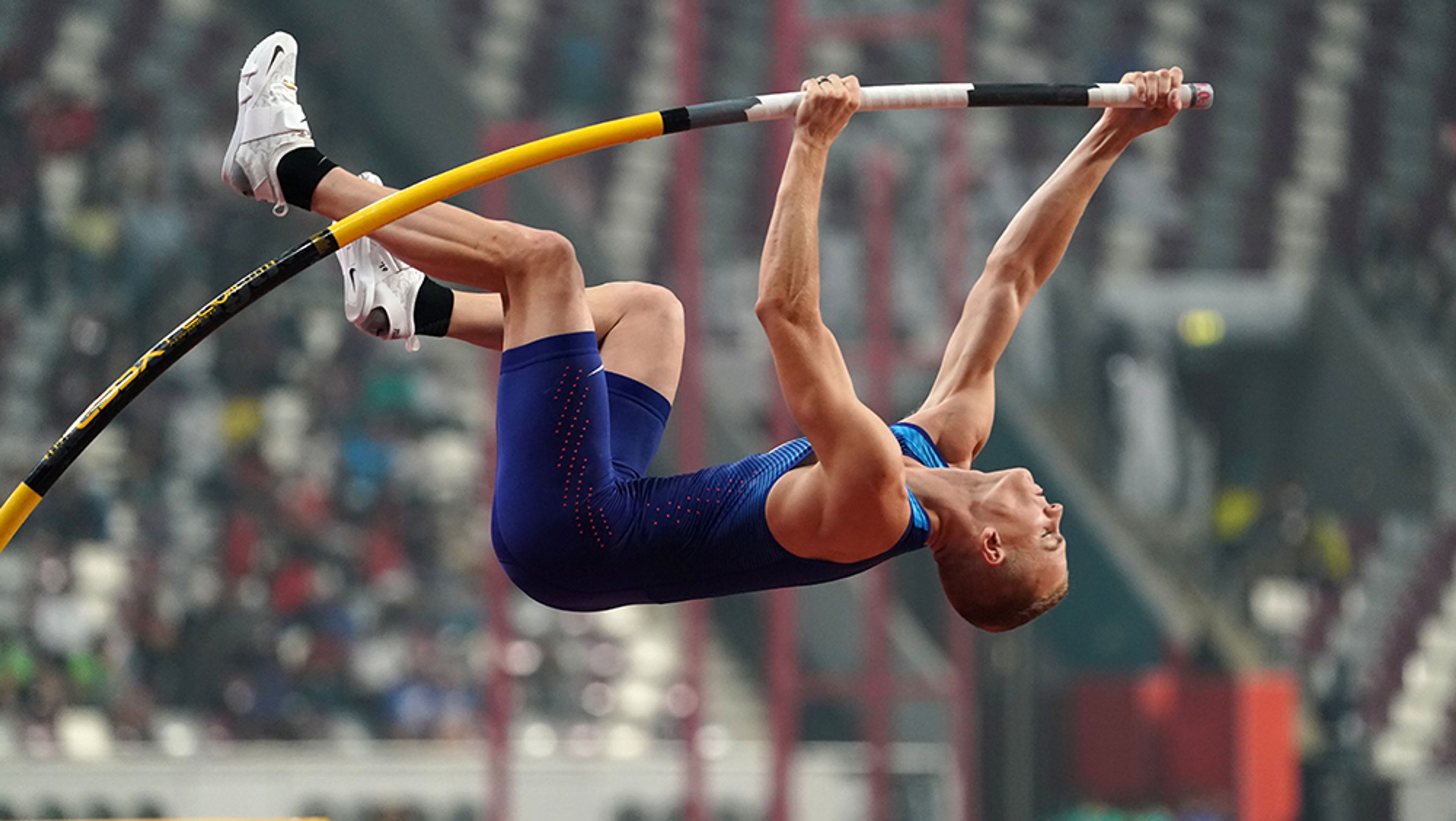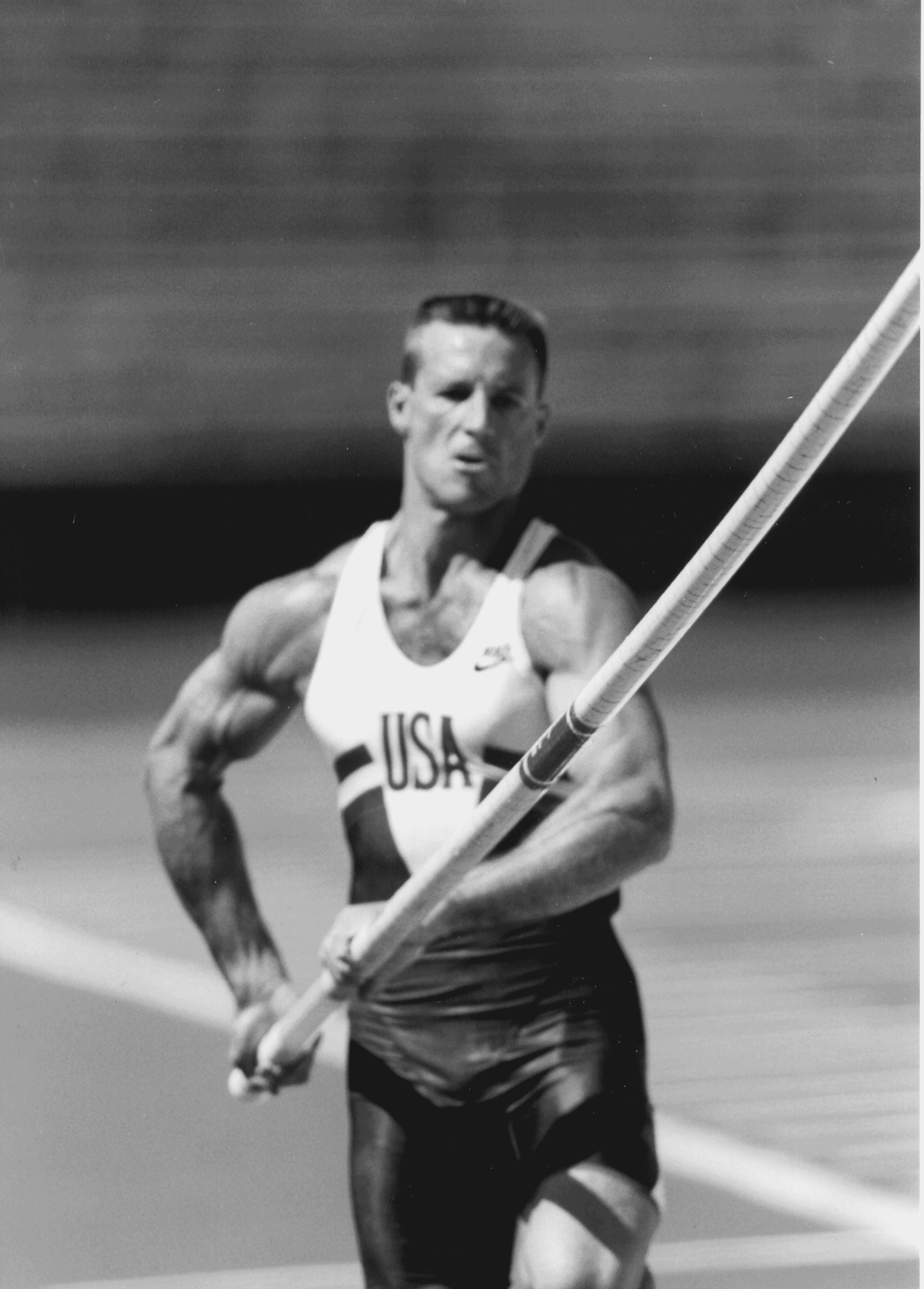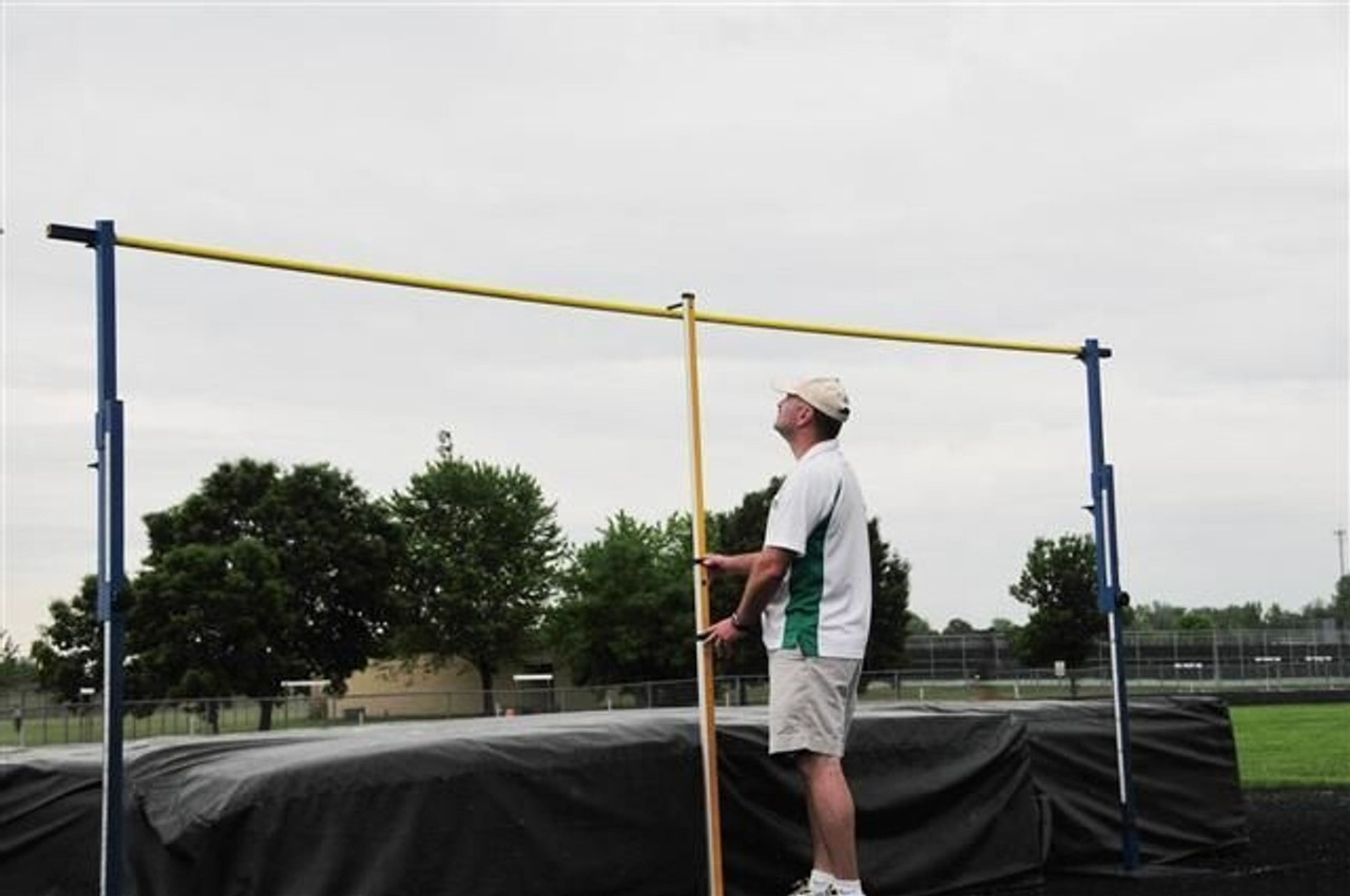Pole Vaulting 101: Essential Skills, Techniques, and FAQs for Aspiring Vaulters
Discover the most asked questions of pole vaulting, from fundamental skills and techniques to equipment and training tips.
The Most Frequently Asked Questions about the Pole Vault
Introduction
Pole vaulting stands as one of the most exhilarating and technically demanding events in track and field, and with that comes many questions. Combining speed, strength, agility, and precision, it captivates both athletes and spectators. Let's dive into some of the most frequently asked questions about pole vaulting, shedding light on its intricacies.
Understanding the Basics of Pole Vaulting
What is Pole Vaulting?
Pole vaulting is a track and field event where an athlete uses a long, flexible pole to leap over a high bar. Originating in ancient Greece as a practical means of crossing obstacles, it has evolved into a highly competitive event showcasing a blend of running, jumping, and gymnastic skills.
Why is Pole Vaulting Considered Difficult?
Pole vaulting is challenging because it requires a unique combination of speed, strength, and precise technique. ESPN ranks the pole vault as the most difficult sport in track and field, and the 16th overall. Athletes must sprint down a runway, plant a flexible pole into a box, and use the pole's bend to catapult themselves over a high bar. This sequence demands perfect timing and body mechanics, along with significant mental focus to overcome fear and maintain composure.
Basic Skills Required
The essential skills for pole vaulting include:
- Approach Run: Building and maintaining speed while carrying the pole.
- Plant and Take-Off: Properly planting the pole ithe box and executing a powerful jump.
- Swing-Up: Using momentum and swinging the trail leg to lift the body upward.
- Inversion and Turn: Flipping the body upside down and turning over the bar.
- Clearance: Successfully getting over the bar without knocking it down.
Equipment and Techniques
Pole Specifications
Pole vaulters use poles made of fiberglass or carbon fiber, typically measuring from 9' for beginners to as long as 18 feet for elite males. The length and material of the pole are crucial as they provide the necessary flexibility and strength to support the vaulter's weight and allow for dynamic bending and recoil during the vault. It's essential for beginners to use poles rated for the vaulter's weight, but professional pole vaulters use poles rated high above their body weight.
Training and Practice
Training for pole vaulting usually involves 3 to 5 days of practice per week, incorporating jump days, technical drills, strength training, and conditioning. Balancing vaulting with rest and recovery is vital to prevent injuries and maintain peak performance.
Safety Considerations
Safety in pole vaulting is paramount. Ensuring the pole is rated for the vaulter's weight and maintaining a safe landing area are crucial. Additionally, proper coaching and supervision are essential, especially for beginners, to teach correct techniques and prevent accidents.
Competitive Aspects and Records
Competition Rules
In competitions, vaulters are given three attempts to clear each height. If they fail to clear the bar in these three attempts, they are eliminated from the competition. This rule adds an element of strategy, as vaulters must decide when to attempt higher heights and when to conserve their energy.
Notable Records and Achievements
As of April 20, 2024, the men's pole vault world record is 6.24 meters (20 feet, 5 inches), set by Armand Duplantis. "Mondo" still has height left in the tank, and so the current world record won't last for long. The highest women's pole vault record is 5.06 meters (16 feet 7 inches), set by Yelena Isinbayeva in 2009. These records highlight the incredible skill and athleticism required to excel in this sport.
How many pole vaulters have cleared 6 meters?
Over 20 male pole vaulters have cleared the 6-meter mark in official competitions.
Getting Recruited
Aspiring vaulters looking to get recruited for college should follow these steps:
1. Compete: Participate in high school and club competitions to achieve notable results.
2. Create a Highlight Reel: Showcase your best performances in a video.
3. Contact Coaches: Reach out to college coaches with your athletic and academic information.
4. Attend Camps: Participate in recruitment camps and clinics.
5. Maintain Academics: Ensure you meet the academic requirements for college admissions.
Frequently Asked Questions
What poles do pole vaulters use?
Pole vaulters use poles made of fiberglass or carbon fiber. The most popular brand in 2024 is UCS Spirit poles, followed by Essx poles.
Do pole vaulters buy their own poles?
Most pole vaulters, even at the elite level, purchase their own poles. However, high schools often build up an inventory over time with poles purchased by parents of previous vaulters and the school might contribute as well. Most colleges buy poles for their vaulters. At the elite level there are pole sponsorships for the world elite, but not all "professional" vaulters get free poles.
Are pole vault poles one piece?
Yes, pole vault poles are one solid piece of fiberglass or carbon fiber with a plastic pole tip at the end.
Is there a maximum length for a pole vault pole?
There is no specific maximum length for a pole vault pole. The length chosen depends on the vaulter's ability to roll the largest pole possible into the pit. More speed and a higher angle at takeoff will move a longer pole safely into the pit.
How many feet is the pole vault record?
The pole vault record is 6.24 meters, which is approximately 20 feet 5 inches. The record holder Mondo Duplantis's dad, Greg Duplantis, believes his son can pole vault over 21' by the end of his career.
What body type do pole vaulters have?
Pole vaulters typically have a tall and lean muscular physique, with a strong core, and upper body. Elite vaulters tend to be tall and fast. A vaulter needs to be powerful yet agile, with a balance of strength and speed.
Why do pole vaulters not use long poles?
Longer poles are more difficult to roll safely into the pit. The longer the pole the more speed and technique are required to use it effectively. Vaulters select poles based on flex and length that match their abilities and the specific technical requirements of their vault.
Is there a weight limit for pole vaulting?
There is no strict weight limit for pole vaulting, but the pole used must be rated for the vaulter's weight to ensure safety and performance.
How high do female pole vaulters jump?
Elite female pole vaulters regularly clear heights of 4.5 to 5 meters (approximately 15 to 16.5 feet) in competition. In high school good female pole vaulters jump +11'.
What is the secret to pole vaulting?
The "secret" to pole vaulting lies in mastering the technique, building strength and speed, and maintaining mental focus. Continuous practice, refining each phase of the vault, and learning from experienced coaches are key to success.
Is it better to be tall or short for pole vaulting?
Being tall is definitely better than being short for pole vaulting. Both tall and short athletes can excel in pole vaulting. Height can provide leverage and reach, but shorter athletes can compensate with speed, strength, and technique. Ultimately, success in pole vaulting depends on the individual's ability to harness their physical attributes and master the technical aspects of the sport.
Conclusion
Pole vaulting is a sport that demands a unique combination of physical prowess and mental fortitude. From understanding the basics and mastering essential skills to navigating the complexities of equipment and competition, aspiring vaulters have much to learn and achieve. For those intrigued by this challenging sport, further exploration through online communities, coaching guides, and instructional videos is highly encouraged. Mastering pole vaulting is not only a testament to an athlete's dedication but also a rewarding journey of overcoming one of the most demanding events in track and field.
Feel free to dive deeper into the fascinating world of pole vaulting and join communities of fellow enthusiasts to share experiences, tips, and support. Happy vaulting!









